Search Results for Tag: online journalism
Dan Sinker: ‘Journalism’s future is on the open web’
New media is pushing the boundaries of journalism by introducing new technologies. But the question is how newsrooms and journalists can innovate without having to dive into the programming world themselves. This is where the Knight-Mozilla Fellows come in.
The Knight Foundation has long supported quality journalism and journalistic innovation. In 2012, they teamed up with the Mozilla Foundation, which actively promotes an open internet and open source software. The two created the OpenNews partnership with the idea of bringing journalism and technology together.
In 2013, Knight-Mozilla Fellows are hacking newsrooms at the prestigious media organizations such as the New York Times, the BBC, the Guardian, Zeit Online, Spiegel Online, the Boston Globe, ProPublica and La Nacion.
DW Akademie’s Steffen Leidel met with the head of the Knight-Mozilla OpenNews project, Dan Sinker. They talked about why hackers are interested in working with journalists in the first place, how journalists can tap into the world-wide community of hackers and a revolutionary new piece of software for data scraping.
![]() read more
read more
Tools and Apps for Journalists: Cowbird
What is Cowbird?
A multimedia storytelling tool. But Cowbird strips things back to present stories in a straightforward way. Think simple: text, photographs, and audio. The story is the focus – as it should be.
![]() read more
read more
Richard Sambrook: ‘The values of traditional journalism still matter’
After years of hype surrounding the rise of social media and the Internet as alternative sources of news and information, a growing number of voices are warning that traditional journalistic standards of objectivity and impartiality are still necessary even in the digital age. One of them is journalism professor and former head of BBC news Richard Sambrook.
In a recent study, Sambrook (@sambrook) writes of serious concerns about the quality and practices of news media. While acknowledging that it is difficult to enforce professional standards in the digital age, he concluded it would be “dangerous” to “disregard such standards”. DW Akademie’s Steffen Leidel discussed these issues and more with Richard Sambrook.
![]() read more
read more
Different approaches to web video vox pops
The vox pop is one of those classic devices in a journalist’s storytelling toolbox. It’s a snapshot of public opinion about a given topic, and more often than not, a controversial one.
But when you take the vox pop online and use it within a multimedia story, or produce web video content, there’s the opportunity to be creative and offer more than just producing a simple series of talking head shots.
![]() read more
read more
Distant witness: NPR’s Andy Carvin tweeting news and revolutions
 Andy Carvin is a senior strategist at National Public Radio (NPR) and leads their social media strategy. He describes himself as a “real-time informational DJ and occasional journalist, but not a social media guru”, although many would regard him as just that.
Andy Carvin is a senior strategist at National Public Radio (NPR) and leads their social media strategy. He describes himself as a “real-time informational DJ and occasional journalist, but not a social media guru”, although many would regard him as just that.
Andy Carvin’s Twitter feed @acarvin is regarded as essential for following breaking news events, particularly in the Middle East. Carvin has some 88,000 followers on Twitter. But it’s his method of aggregating, filtering and verifying news sources through social media that has attracted global attention.
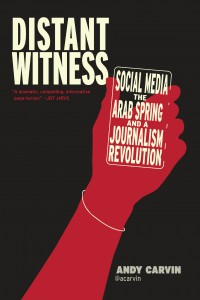 Carvin’s new book Distant Witness (CUNY Journalism Press) explores how social media and the Arab Spring have caused a revolution in journalism. It’s essential reading for journalists. Not only does Carvin tell a compelling story, interwoven with gripping Tweets, he offers insight into citizen journalism and how news organisations can use social media effectively. As Carvin puts it: “storytelling has entered new territory”.
Carvin’s new book Distant Witness (CUNY Journalism Press) explores how social media and the Arab Spring have caused a revolution in journalism. It’s essential reading for journalists. Not only does Carvin tell a compelling story, interwoven with gripping Tweets, he offers insight into citizen journalism and how news organisations can use social media effectively. As Carvin puts it: “storytelling has entered new territory”.
From the overthrow of President Ben Ali in Tunisia in 2011, Carvin explains how he was able to build upon his own knowledge of the Tunisian blogosphere, and develop a network of reliable sources on Twitter. But when he needed help for translations or to verify sources such as videos on YouTube, Carvin called for volunteers from his Twitter followers.
This method Carvin writes, “increases the chances of me getting a fast response, it also lets me cross-reference translations from multiple people, improving the overall accuracy.”
For Carvin, Tunisia would be the start of an extraordinary period of live tweeting revolutions and protests across the Arab world.
“And we had witnessed it online, from start to finish, not through the lens of mainstream media, but through protestors themselves.”
Deutsche Welle’s Rachel Baig asked Andy Carvin about citizen journalism and working as a “living, breathing real-time verification” machine.
![]() read more
read more
Social science discovers data-driven journalism
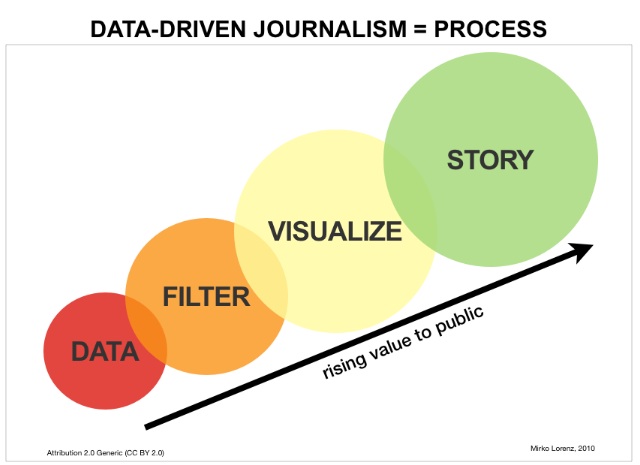 The social sciences can profit from data-driven journalism and vice-versa. Staff at the University of Zurich’s Institute of Political Science are so convinced of this that they’ll begin offering a major in data-driven journalism as part of their Master’s program starting in September 2013. The Institute’s head, Professor Fabrizio Gilardi, believes that the data-driven journalism course won’t just better qualify students for a career in the media. He also hopes that social scientists will start to utilize the techniques of data-driven journalism to present their research in more appealing ways. DW Akademie spoke to Gilardi about the new course.
The social sciences can profit from data-driven journalism and vice-versa. Staff at the University of Zurich’s Institute of Political Science are so convinced of this that they’ll begin offering a major in data-driven journalism as part of their Master’s program starting in September 2013. The Institute’s head, Professor Fabrizio Gilardi, believes that the data-driven journalism course won’t just better qualify students for a career in the media. He also hopes that social scientists will start to utilize the techniques of data-driven journalism to present their research in more appealing ways. DW Akademie spoke to Gilardi about the new course.
![]() read more
read more
New York Times presents multimedia feature “Snow Fall”
Just days before I was supposed to go skiing over the Christmas holidays, my Twitter feed lit up with a lot of people talking about an avalanche story. More specifically, the New York Times web project Snow Fall – a multimedia feature about a deadly avalanche.
It’s a brilliant long format multimedia feature, showcasing in-depth reporting and using probably everything in the multimedia storytelling toolbox: text, maps, graphics, photos, video, audio and animation. And that’s just what you see and hear. Underneath the hood there is another world of programming and code. This is a long, labour intensive project.
![]() read more
read more
Datawrapper: Making data-driven journalism fast and easy
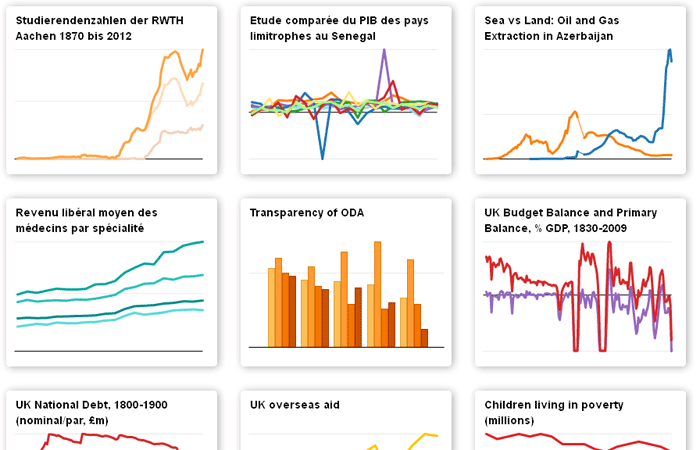 Journalists use statistics on a nearly daily basis, but visualizing data is a different story. With a boom in tools and apps to generate infographics and more, this could be changing. One such tool is Datawrapper, developed by Deutsche Welle New Media staffer Mirko Lorenz. “It’s a tool for getting started with data-driven journalism,” Lorenz said. He came up with the idea, and developed it with two programmers. “We didn’t just want to make showy charts, it’s really about the right diagram for the data at hand,” Lorenz said.
Journalists use statistics on a nearly daily basis, but visualizing data is a different story. With a boom in tools and apps to generate infographics and more, this could be changing. One such tool is Datawrapper, developed by Deutsche Welle New Media staffer Mirko Lorenz. “It’s a tool for getting started with data-driven journalism,” Lorenz said. He came up with the idea, and developed it with two programmers. “We didn’t just want to make showy charts, it’s really about the right diagram for the data at hand,” Lorenz said.
Editing desks around the world have been experimenting with the tool, including the Guardian data blog, Le Monde, a Dortmund regional newspaper – and of course, the Deutsche Welle. Datawrapper is open-source, and can be freely downloaded – it’s available in English, German and French.
In an interview with DW Akademie, Lorenz clarified what he thinks the “right” portrayal of data is all about, and explained the advantages of Datawrapper for journalists.
![]() read more
read more
20 free Google Chrome apps to boost your productivity
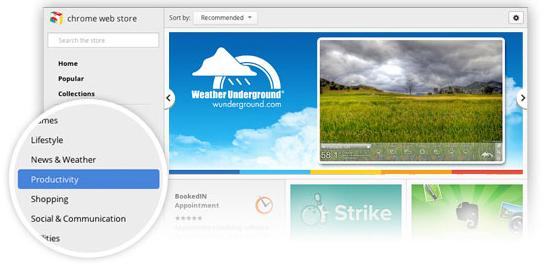
Google Chrome might well become the world’s most popular browser this year. It has already overtaken Mozilla Firefox and is well positioned to overtake Internet Explorer whose share dropped from 46 to 38.5 percent last year.
Chrome is a very easy browser to use and offers a number of useful extensions and apps. Google has redesigned Chrome’s interface allowing you to shift between most visited sites and Chrome apps. That means you can significantly increase your browser’s functionality.
So how can journalists make the best use of Google Chrome? Here are 20 free apps to check out and let us know if can recommend useful Chrome apps for journalism.
![]() read more
read more
Sound sharing for journalists (Part 1) – SoundCloud
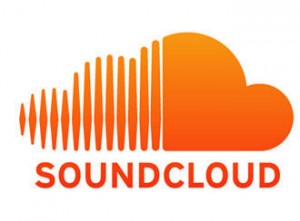 Earlier this year the Berlin-based sound sharing service SoundCloud announced it had hit 10 million users worldwide – since then users have risen to 13 million. At the same time, more and more media organisations are using the site to host and distribute their news. So, how good is it really and what do you need to know?
Earlier this year the Berlin-based sound sharing service SoundCloud announced it had hit 10 million users worldwide – since then users have risen to 13 million. At the same time, more and more media organisations are using the site to host and distribute their news. So, how good is it really and what do you need to know?
![]() read more
read more








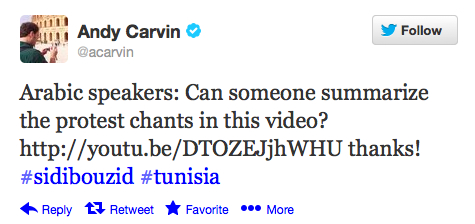
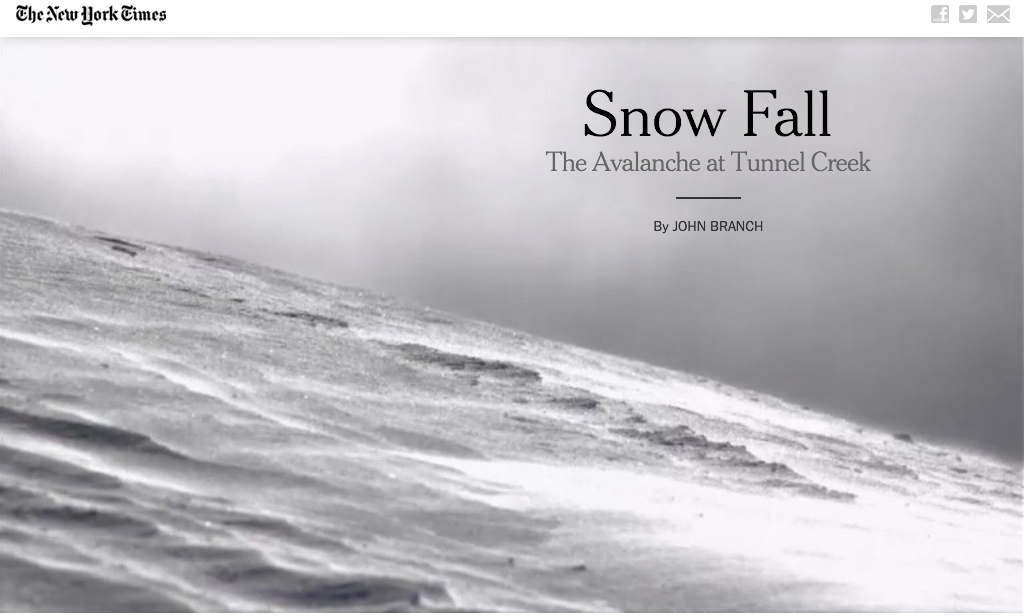




Feedback